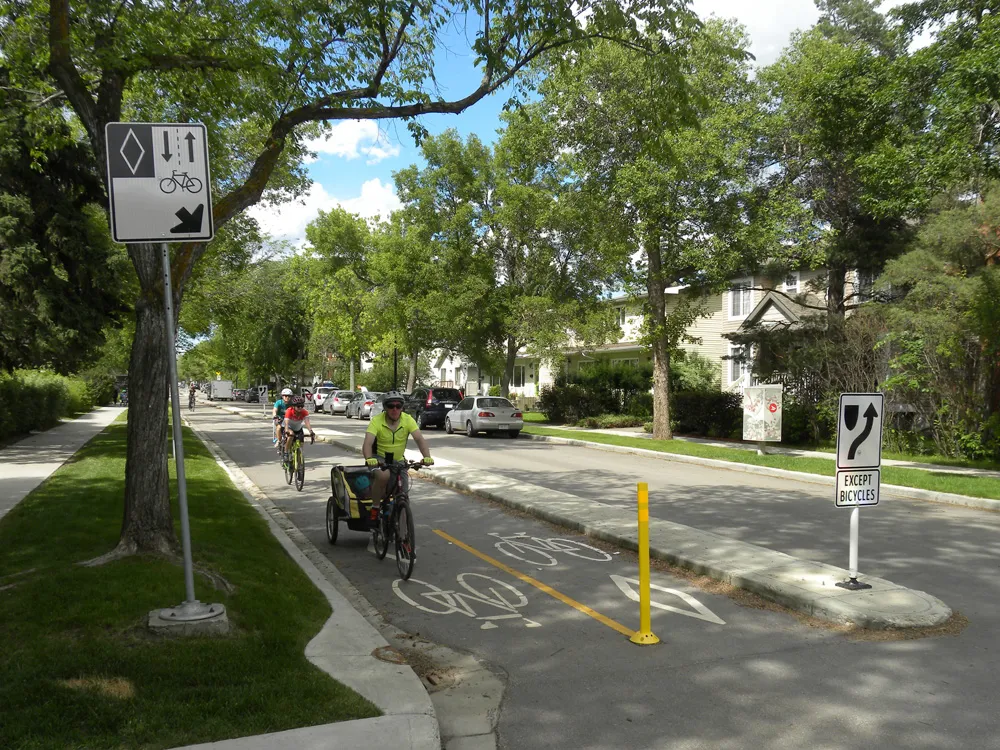Intelligent parking assistance systems which take over a portion of a parking task are becoming increasingly common in mid-range and premium model vehicles. Touted as convenience features which allow drivers to park in small spaces with comfort and ease, usability bugs have been identified in some of the current implementations, according to a new evaluation by the Automotive Consumer Insights group (ACI) at Strategy Analytics.
The evaluation of advanced parking assistants in several vehicles says the p
June 5, 2015
Read time: 2 mins
Intelligent parking assistance systems which take over a portion of a parking task are becoming increasingly common in mid-range and premium model vehicles. Touted as convenience features which allow drivers to park in small spaces with comfort and ease, usability bugs have been identified in some of the current implementations, according to a new evaluation by the Automotive Consumer Insights group (ACI) at Strategy Analytics.
The evaluation of advanced parking assistants in several vehicles says the primary usability issues associated with park assist systems relate to the wide prevalence of unclear and inconsistent human-machine interfaces (HMIs). A relatively new feature, especially to the mid-range market, a number of aspects of these systems are still not standardised.
Derick Viita, report author commented, "At present, each OEM is taking their best bet on how these systems should be labelled, where the HMI should be located, and how it should function. Unfortunately, basic human factor principles were not taken into account in many implementations. For example, a park assist control which is located next to the driver's knee violates control-display compatibility and is unlikely to be discovered; and the use of a cluster for subtle notifications prior to system takeover is also concerning as it encourages the driver to stare at the cluster rather than monitor their surroundings."
Chris Schreiner, director, User Experience Innovation Practice added, "An intuitive HMI and a reliably comfortable and time-saving parking experience are keys to earning trust from consumers. Our review indicates that while the technology is clearly ready for the mass market, the user experience is not."
The evaluation of advanced parking assistants in several vehicles says the primary usability issues associated with park assist systems relate to the wide prevalence of unclear and inconsistent human-machine interfaces (HMIs). A relatively new feature, especially to the mid-range market, a number of aspects of these systems are still not standardised.
Derick Viita, report author commented, "At present, each OEM is taking their best bet on how these systems should be labelled, where the HMI should be located, and how it should function. Unfortunately, basic human factor principles were not taken into account in many implementations. For example, a park assist control which is located next to the driver's knee violates control-display compatibility and is unlikely to be discovered; and the use of a cluster for subtle notifications prior to system takeover is also concerning as it encourages the driver to stare at the cluster rather than monitor their surroundings."
Chris Schreiner, director, User Experience Innovation Practice added, "An intuitive HMI and a reliably comfortable and time-saving parking experience are keys to earning trust from consumers. Our review indicates that while the technology is clearly ready for the mass market, the user experience is not."










